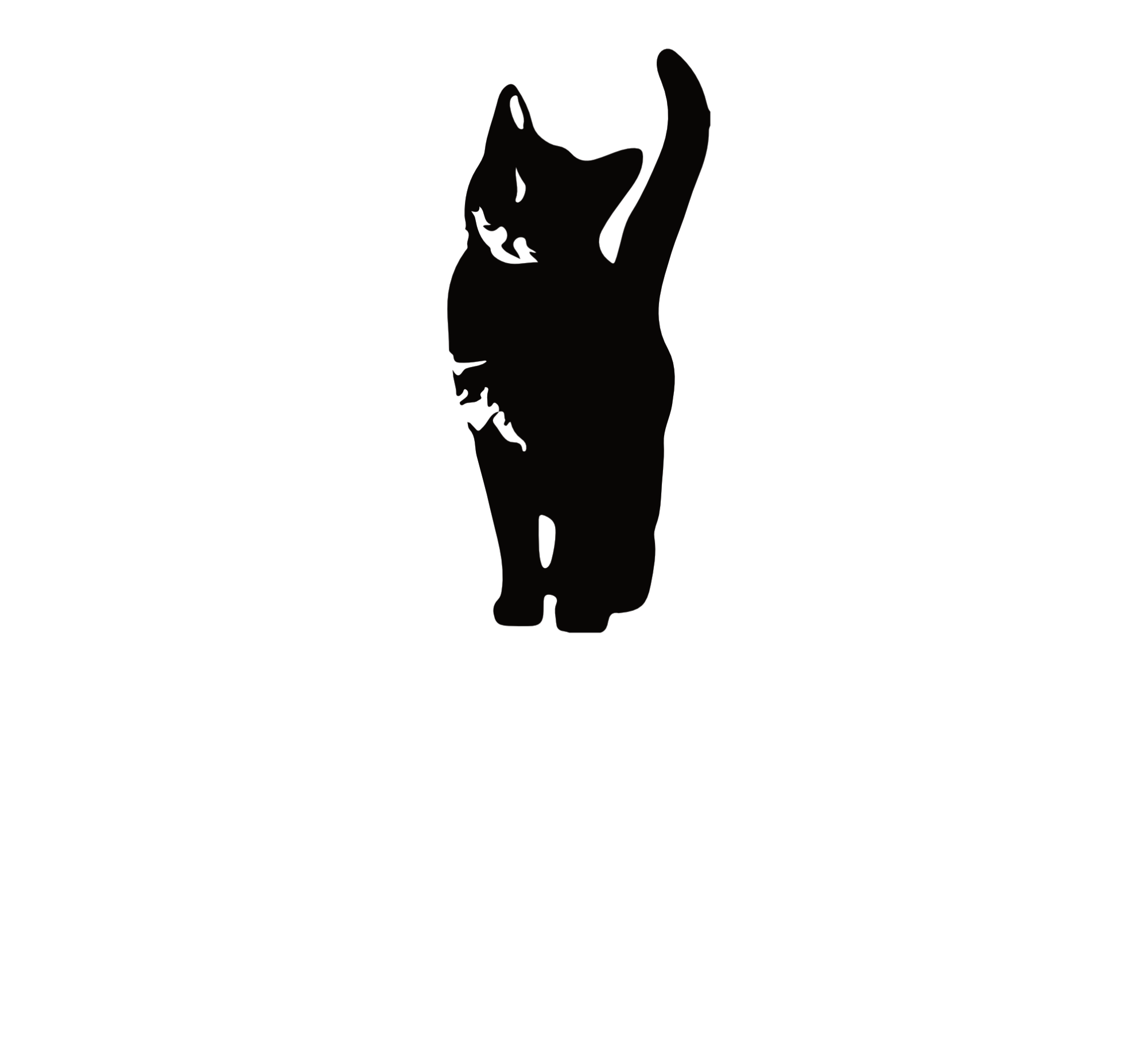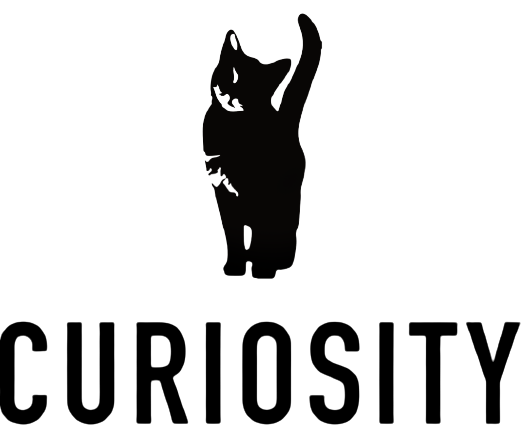As I stepped to the top of my yoga mat, the teacher instructed to ground into your feet and firmly place your palms on the mat. Take a standing split then rise slowly into a handstand. (Anyone who has practiced yoga understands the amount of strength required to execute a balanced handstand. If you aren’t familiar, just know it’s really freaking difficult).
Caught in the excitement of accepting this challenge, I clumsily dropped my hands to the ground, skipped the standing split and hurriedly leapt into what likely looked like a contorted pretzel of limbs flailing about, ending in a loud grunt and thud on the hardwood floor. For a quick visual, imagine something like this (sound on):
[youtube https://www.youtube.com/watch?v=nXFAm0fBcwM&w=560&h=315]
What started as an exciting vision of a graceful hand-standing yogi ended as a tweaked back and punished ego. I later realized that I likely had the strength required to raise into a handstand, but in order to execute properly, needed to focus on grounding into my mat, staying with my breath, and finding balance before jumping into the final pose.
Later, while immersed in my usual CuriosityCX advisory work, I began to draw the obvious connection between my failed handstand and CX programs that all too often skip grounding in the basics in pursuit of more complexity and excitement. Like my lack of focus in the basic exercise of grounding into the yoga mat, many CX teams lose sight of the basics of a program, leaving a shoddy foundation which eventually leads to a crash. Sound familiar? Then namaste with me and keep reading.
Through my long CX journey, what is consistently missing in CX programs that are faltering is a practical guide to get people back to “why are we doing this?” – a nod to the basics and focus on grounding. Synthesizing a decade of experience working with diverse brands from startups to the Fortune 100, I share 3 grounding principles that must be executed before even one strand of CX DNA can be built:
- Get organized and align
Round up as many people (ideally those with authority) from different parts of your organization as possible – everyone (should) know they have a hand in CX impact, so cast a wide net and aim for diversity.
- Don’t send a mass email asking for volunteers. Offer taking individuals for coffee or lunch to explain the high-level need and why you’d like them to have a seat at the table
- The C-suite simply must sit on the committee to ensure CX success. In a perfect world, the President/CEO sits on this committee from day one. When this is unrealistic, go as high as you can in the organization and never stop pushing the envelope until executives are at the table
You’ll be tempted to recruit your close internal network and friends – this can be fatal for a CX team as it often leads to a herd mentality and lack of action. Instead, focus on recruiting people you don’t know, or even known “haters” of CX. It’s your job to help them understand the importance of delivering experiences to drive improvement, so keep them in your camp and include them in the process.
- Define roles and goals – who is responsible for doing what and when? What are the resources for getting these things done on time? What is the committee’s 30/60/90 day plan? What about 12 months? 18 months?
- Keep this high-level and strategic. Don’t get caught up in the weeds. The weeds will change depending on partner landscape (e.g. technology platform, consulting firm, market research, etc)
- Align (at all levels) on the vision for the CX committee and goals therein
Once you’ve established your CX committee (what we CX strategists often call “governance structure”), you can begin to level-set on the actual experience your brand is trying to deliver. A surprising amount of companies (even among the largest in the world), have little to no consensus around their ideal customer experience. Consistency around the experience is a foundational element that is often overlooked.
2. Define the experience you are trying to deliver
This doesn’t have to be a fancy or lengthy process – some of the most engaging experience ideation sessions started and ended with sticky notes (and strong coffee). Don’t use lack of budget as an excuse. You CAN accomplish this on a pauper’s budget (Don’t let big market research firms dupe you into thinking otherwise). Some suggestions to get you started:
- Spend a full day physically walking “in the customer’s shoes” (however that is defined in your business…you don’t have to have physical stores to have a journey)
- Host a retreat (ideally in a quiet place…nature helps) to get the creative juices flowing and have a free-form ideation session
- Follow up with an in-office strategy session once the ideas/free-form discussion has been synthesized into a tangible “map” of sorts that illustrates the ideal customer experience
Rapid journey mapping is an excellent and quick way to be successful in this exercise, but even some napkin drawings are better than nothing (and sticky notes are your friend). The goal is to ensure alignment relative to how the customer interacts with you, which will ultimately help you understand what to measure and frankly how to even begin (or refresh) your research. A few critical key things to map:
- Moments of truth/ points in the experience that are most pivotal and memorable for customers?
- Pain points of the experience?
- During which parts of the experience are your competitors’ experiences recognized?
- Opportunities to weave brand strategy, ideology, mindset into experiences throughout the entire journey, and beyond
The CX landscape shifts constantly and thus defining experiences is an iterative process. Engage in Agile CX™ and consistent experience design sessions periodically. Establish a cadence that makes sense for your unique business needs, and always keep a pulse on your customer by measuring the experience and taking action on customer feedback (don’t ask unless you intend to act).
Once you have a committee and well-articulated and agreed ideal experience, you will be tempted to build out a research plan, start writing questionnaires and rally teams to execute. I encourage you to push pause and stay focused on the basics before driving toward program evolution. The third and equally important grounding principle of CX is communicating the cause internally in a meaningful and engaging way.
3. Communicate and inspire internal teams
Effective, efficient and consistent communication is absolutely critical for CX success. A few ideas to support the effort:
- Brand the program with laser focus on ensuring alignment with the overall core ideology of the organization
- Ensure your marketing team is completely in tune with your vision, purposefully integrating CX language and images into as many pieces of internal content as possible
- Integrate real customer stories into the internal communication by showing internal partners “in their own words” snippets – these can be open-ended comments, compilations from social media, videos, etc. Sky’s the limit. Get creative to drive engagement internally.
- Let’s be honest – nobody gets excited about a 100-slide deck. The human attention span continues to wane, so don’t shove something akin to a graduate-level dissertation on colleagues’ desks. Use video to increase adoption. Not many people are inspired by emails, but a quick 1-min video explaining the branded CX program over lunch sounds more interesting.
Regardless of your place along the CX journey, re-rooting in these grounding principles can help your teams build a program with lasting impact. Just like a yoga handstand is only as successful as its basic grounded footwork, only when you are deeply rooted in these three CX principles should you begin to execute research, drive insight, and tell meaningful stories that impact your business for the better.
So ask yourself, are you grounded in CX, or has your program strayed from the righteous path? Have you lost connection and balance? It’s time to get to work focusing on the basics, centering your team, and driving a more foundationally sound CX practice. Let’s collaborate: [email protected]



